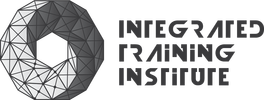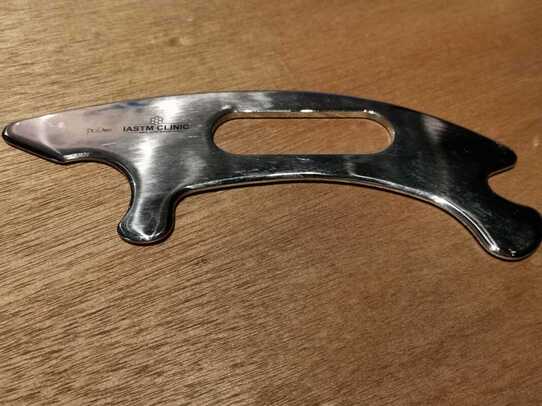|
If you are confused with all the information of Instrument Assisted Soft Tissue Manipulation, we understand how frustrating it must be for you. Lucky for you we have answers to your question or in this case confusion. In this article we will help you understand the differences between the acronyms & if they are related, the same, or similar in context IASTM vs ASTYM vs Graston vs ASTYMFirstly, let's lay out what they(tool-assisted tissue release) mean, individually, before we talk about the context of their various tools and the difference between them.
What Is IASTM Therapy?The soft tissue mobilization tools which is made of surgical grade stainless steel, are widely used in different clinical settings which can include, Chiropractic, Physical Therapy, Sports Medicine centre, & other Manual Therapy practices. Using tool assisted soft tissue mobilization, the therapist can help with either recovery, scar tissue therapy, pain management, or reduction, & induce healing via inflammation response/cycle. Following IASTM treatment added during physical therapy, the patients are also asked to go through selective exercise/movement to help with a new adaptation of the tissues. One simple way to visualize how any IASTM tool is used in a clinical setting would be the application of various techniques that are specific to help treat eg, plantar fascia pain (commonly known as plantar fasciitis), where the different bevel, curves, & shapes would be used to stroke onto the patient's More commonly found in a clinical setting such as a physical therapy clinic, is the treatment of plantar fascia pain (also known as plantar fasciitis), which causes someone to adjust their movement mechanics that may be exacerbated by weight-bearing activity & is more painful after upon waking up. Using the tools, the physical therapist will use various IASTM techniques that are specific to start the healing process of the soft tissues not only at the affected area, but to the ankle, Achilles tendon, & calves as it can be done quickly to cover the lower quadrant area. Following IASTM work, the patient is put then into a functional exercise program. Is IASTM evidence based?Though, still in its infancy stage, most of the recent clinical studies on the Assisted Soft Tissue Mobilization technique as a stand-alone is suggesting that the effects on the soft tissues have a much better outcome when combined with physical therapy versus just using the tools. What Is The Difference Between IASTM & ASTYMYou are about to be shocked after you know the difference. The difference between these two, technically, is the tool. The rest of what you are about to learn in terms of application on sports recovery, dysfunction, pain, & etc essentially is the same. There is however, one more difference to them, one stands for Instrument Assisted Soft Tissue Manipulation, the other, Augmented Soft Tissue Mobilisation. There is no other base of principles that using any soft tissue mobilisation IASTM which does not cover the basic fundamental of promoting inflammatory response & to mobilise the connective tissue by the application of different techniques. Where To Learn The Best IASTM Course?If you want to learn how to: Incorporate Soft Tissue Mobilization(IASTM) into your treatment practice, have a strong foundation on techniques, avoid common mistakes that many experienced users are still doing(thus not increasing their referrals), get results with different case & scenarios learn to use various tools currently in the market gain a more effective solution to your current iastm approach learn how to add iastm into your manual therapy sessions do professional homework with IASTM get yourself signed up with our IASTM CLINIC today. |
Archives
March 2024
Categories
All
|
Services |
Company |
|
|
Integrated Training Institute
|


 RSS Feed
RSS Feed